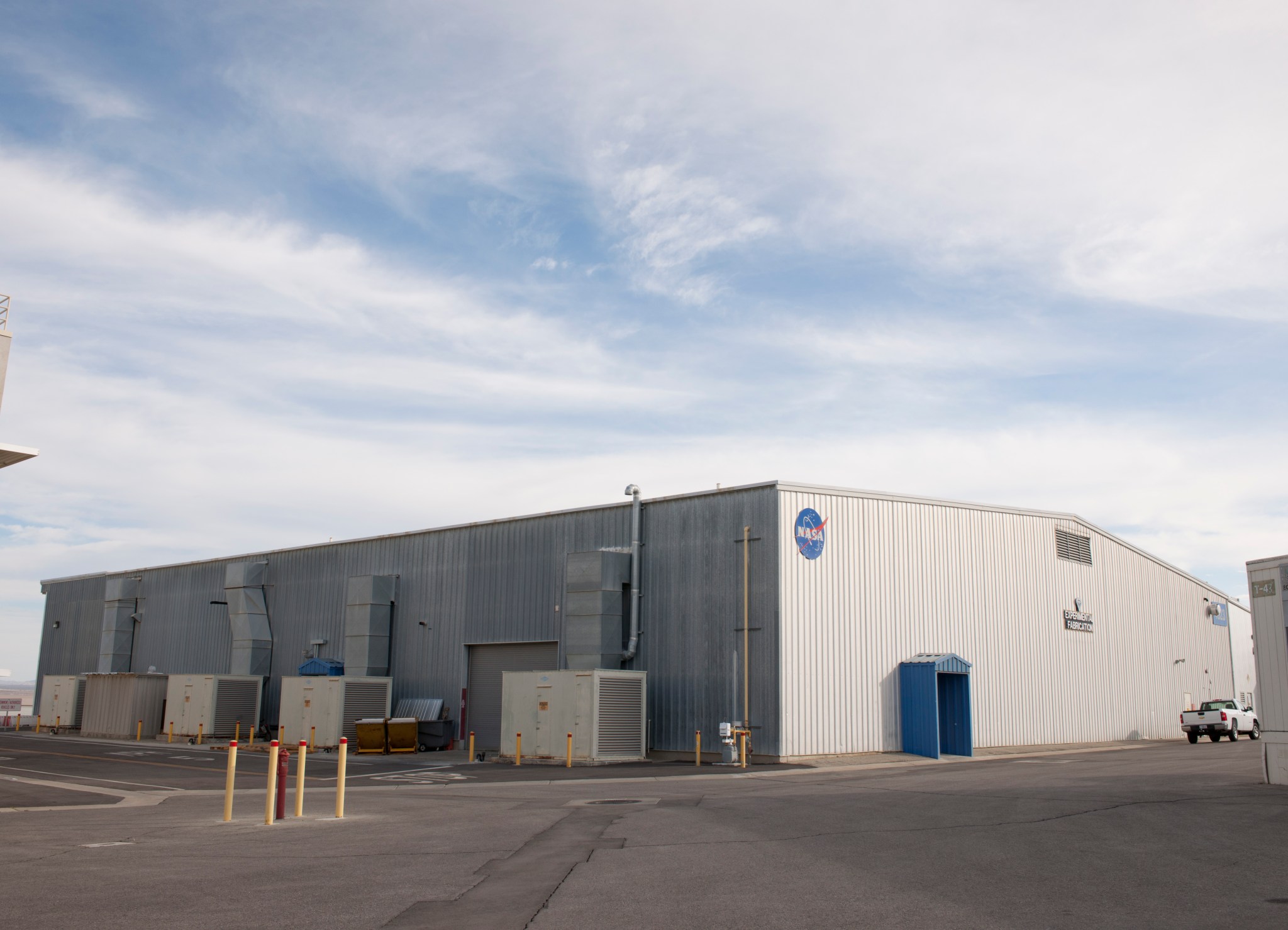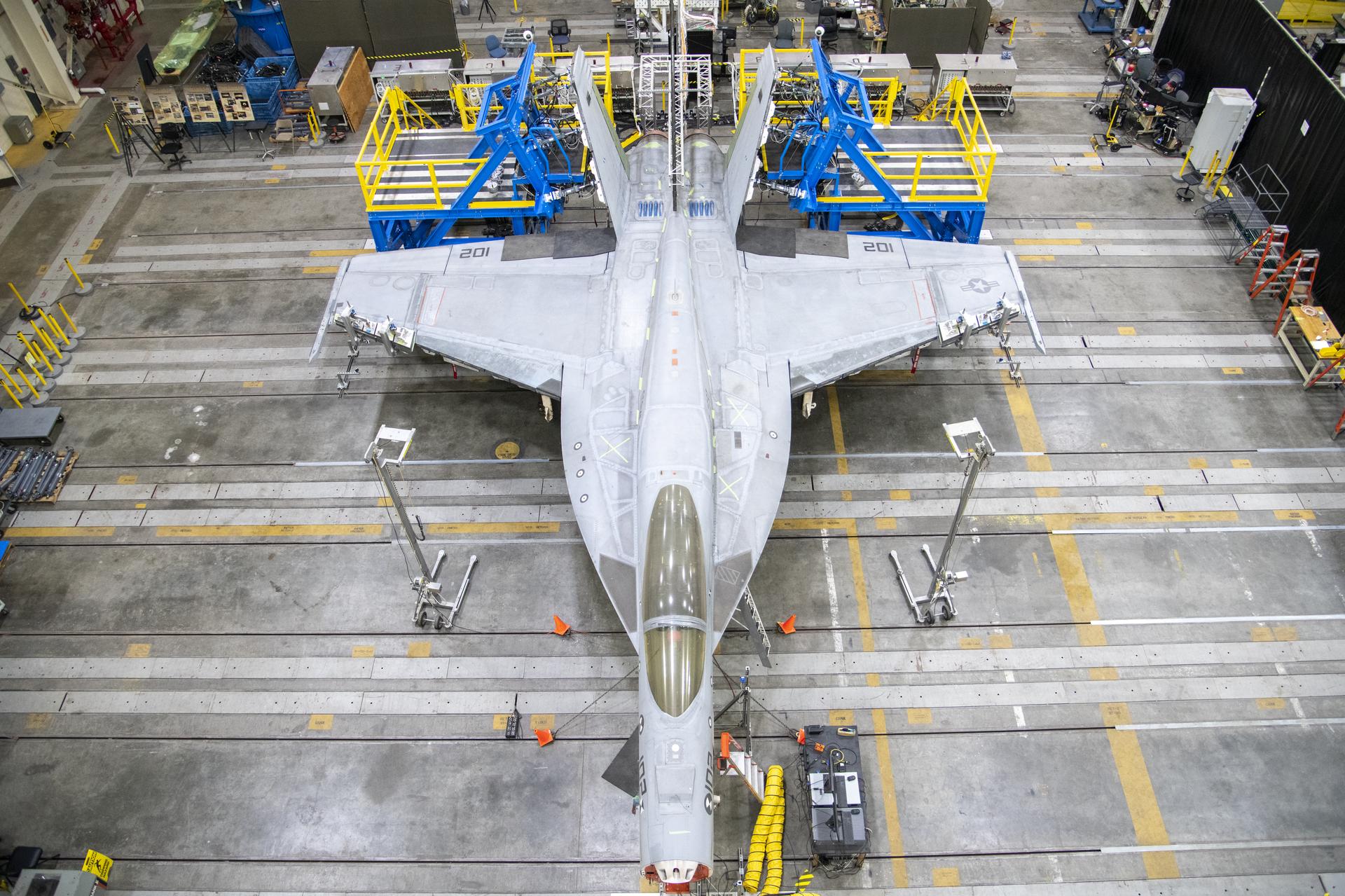The 3,200-square-foot chemical crib at NASA’s Armstrong Flight Research Center in Edwards, California, is a highly successful centralized site for dispensing, mixing, labeling, and storing chemicals. Projects and programs needing chemicals are issued the specific quantities needed; thereby, reducing the quantity and cost of chemicals being procured and later disposed.
Prior to the process redesign, individual projects procured, maintained, and stored chemicals independent of each other. As a result, chemical procurement was costly and inefficient since larger quantities than needed were routinely procured to take advantage of economies of scale purchasing. This practice resulted in a significant percentage of chemicals expiring on the shelf and requiring disposal. Compounding matters was the fact that the disposal process was more costly than the original procurement by a factor of three. In addition, the risk associated with chemical storage spread throughout the center was of great concern.
Originally, aircrews were maintaining the chemical inventory and the Material Safety Data Sheets (MSDS) as well as reconciling all of the chemical transactions. That was difficult for the aircrews to do since they weren’t the only ones using the chemical cabinet and accountability was compromised. The personnel needed relief and they needed a better process for chemical management.
For every $1 spent in the procurement of chemicals, approximately $3 was spent in the disposal of expired chemicals. Combining the tool and chemical cribs brought the tools closer to the users (which includes government operations, on-site contractors, and transient programs), and also resolved chemical management concerns.
Facilities and Safety employees joined forces to combine the tool crib with the chemical crib in an addition built adjacent to the sheet metal shop. There, a technician loans tools and chemicals to the user groups. The chemicals feature a uniform pricing code (UPC) – or bar code technology – that is scanned by the technician. Chemicals are then measured or weighed at the time they are issued to maintain inventory control and assess costs to the user. This process of tracking chemicals, containers, and shipping manifests was designed to enhance the other smart processes implemented among the user groups.
ChemSecure is the program used in the Chemical Crib to integrate Radio Frequency Identification (RFID) and sensor-based technology with the Department of Defense’s existing web-based Hazardous Materials Management System (HMMS) database to automate the real-time management of hazardous materials, including usage, shipment, tracking, and storage. This patent-pending technology is also available for licensing.
The crib has also increased the safety of overall chemical storage by maintaining all of the MSDSs, managing all chemical inventories, providing container maintenance, ensuring avoidance of inventory duplication, tracking requirements, providing refills for continuous use workstations, and handling all automated reporting. In addition, the crib’s unique chemical storage and cooling requirements were facilitated by crucial input from Safety and saved Dryden approximately $500,000.
The chemical crib also performs vital solvent recycling, liquid reduction, compaction operations and chemical disposal, and provides its services via a walk-up window and an on-call delivery service. Accessibility to the chemicals is optimized with satellite stations and after-hours service.
The chemical management program includes virtually eliminating solvent-based cleaning. The staff employs water-based cleaning through the use of one fixed unit for cleaning large parts and 12 portable units for cleaning small parts. The units use biodegradable detergent with zero air emissions and generate no liquid hazardous waste. An aerosol degreaser is used for cleaning installed parts. These product substitutes for chemical cleansers are less hazardous.
Other significant achievements attributable to the chemical management program include a $563,000 savings in disposal costs, a reduction in manpower costs to the extent that Flight Operations has saved the equivalent of nearly two full-time positions and a mere 4-year payback on the cost of the program implementation.
Team members agree that the benefits of the program have had positive bearings on the nation, NASA, and Armstrong through a reduction in procurement and disposal costs, a reduced potential for workforce exposure, a reduced risk of EPA-non-compliance, and an increase in collaborative partnerships. The program worked so well that when the Inter-Center Aircraft Operations Panel (IAOP), a panel made up of flight operations reps from other Centers, conducted an audit of Flight Operations they saw the program and implemented the process at their Centers.
NASA Armstrong’s Building 703 Fabrication Shop in Palmdale, California, is a first response manufacturing, modification, and repair center supporting NASA scientific platform aircraft and related experimental hardware. While the primary focus is to support Building 703 activities, the shop also provides manufacturing, modification, and repair assistance to operations at the Armstrong location in Edwards, California.































